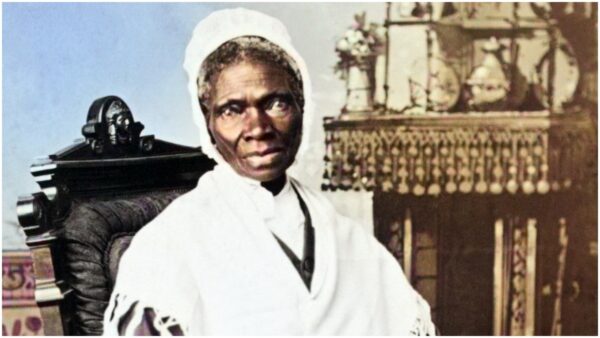Documents dating back over 200 years have been recovered, revealing details about a historical court case of abolitionist Sojourner Truth fighting for the freedom of her enslaved son.

Researchers in the New York State Archives found, stored within 5,000 cubic feet of court records, the complete proceeding of Truth’s case against her son’s former owner for the enslavement of her youngest son, Peter.
Archivist and author Jim Folts discovered the eight-page find and noted that the records help supplement missing aspects of Peter’s life. They further provided legal enthusiasts and students more context as to how slavery case laws worked in New York, which, in the 18th century, was a major slave port.
The deposition, a part of the legal treasure, was filed under the name Isabella Van Wagenen, a name once held by Truth. Van Wagenen is the surname of an abolitionist family that helped her free her son. For the trial, she was represented by two lawyers from Kingston, New York.
Other papers, like the writ of habeas corpus, showed that she once lived in the Kingston area of New York and that she not only sued her child’s ex-master in Alabama for the emancipation of her son, one of her five children, but also the Albany Supreme Court for authorizing the illegal sale.
The People v. Solomon Gedney trial began on March 1, 1828, and culminated in a victory for Truth. It reportedly was the first time a Black woman had successfully sued a white man for the freedom of someone in her family.
Five years old at the time, Peter was an indentured servant to Truth’s former master, John Dumont. Dumont sold Truth’s son to Eleazar Gedney of Newburgh, New York, for $20. Peter then would be sold to Solomon Gedney, according to Times-Union. Truth’s son would end up in Alabama.
In her deposition, Truth described how she discovered her son’s enslavement, saying he “has been during all that time in some of the Southern States with the knowledge of said, Solomon Gedney.”
Truth’s memoir recalls this story, stating at one point she approached Dumont about the return of her son, only to be mocked because while she was free, she was still poor.
She said to them, “I have no money, but God has enough, or what’s better! And, I’ll have my child again!”
The 1828 records, which also include Solomon Gedney’s response and the order of the court for Peter’s return, were discovered in January 2022.
The package opens with the following statement, “The people of the State of New York by the Grace of God, free and independent— To Solomon Gedney; Greeting: We command you that you have the body of Peter, a boy of colour, detained in your custody and by you falsely and unjustly imprisoned as in is said by whatever name he may be called.”
Abolitionists supported Truth’s pursuit to obtain justice for her child, helping to create a strategy around the Gradual Emancipation Act of 1799, in New York, that according to NYhistory.com, “freed slave children born after July 4, 1799, but indentured them until they were young adults.” Since Peter was indentured, he could not have been sold to Gedney in the South.
The newfound papers noted that Gedney was prosecuted for abducting Peter, but to avoid being indicted, shipped the boy back to New York. When he was returned to his mother, it was clear to those who received him that the boy was physically abused severely.
Additional legal measures were taken on behalf of Peter after he was returned to the North. The documents, which further include a response from the man who sold the child into slavery, noted that the court ordered Peter’s freedom from bondage.
The Times Union reported that Folts stumbled on the records when he was revising his book, “Duely & Constantly Kept: A History of the New York Supreme Court, 1691-1847 and An Inventory of Its Records (Albany, Utica, and Geneva Offices), 1797-1847.”
Folks said, “It’s a document that has been lost. The document is new to historians. It’s nice to authenticate her court actions.”
More news from our partners:


